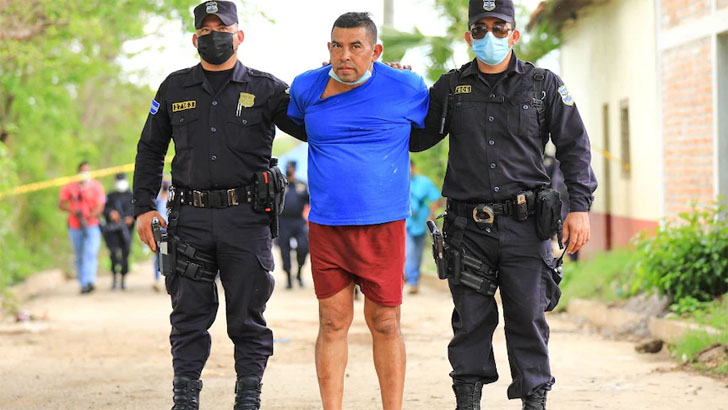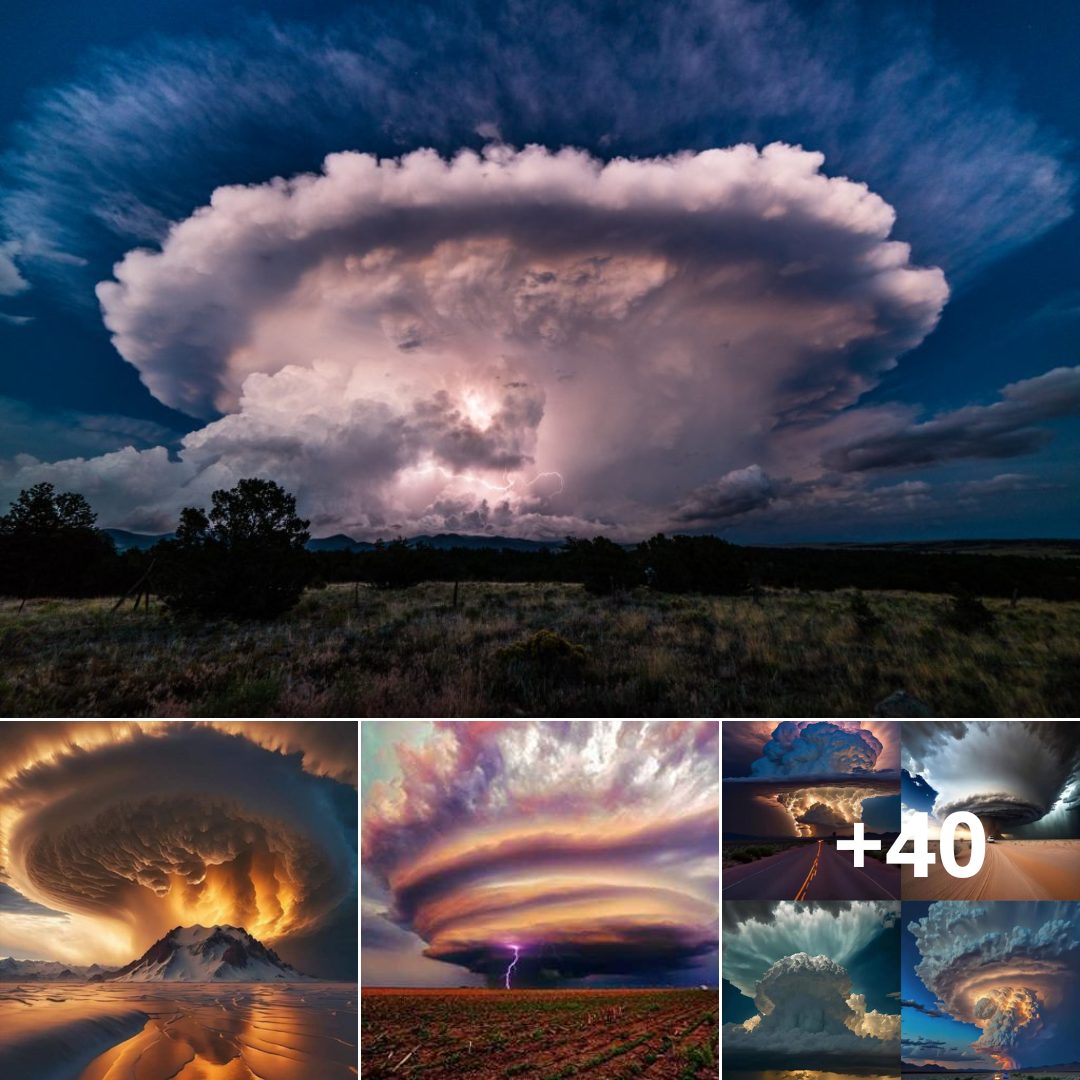The cobra king One of the world’s most ᴅᴀɴɢᴇʀᴏᴜs snakes can actually “stand up” and stare a full-grown person in the eye.
When confronted, they may raise up to one-third of their body off the ground and continue to strike. Fortunately, king cobras are timid and will avoid humans at all costs. It will also flaunt its trademark hood and produce a hiss that sounds similar to a snarling dog. King cobras may grow to be 18 feet long, making them the longest d.e.a.dly snakes. Their ᴠᴇɴᴏᴍ is not the most d.e.a.dly among ᴘᴏɪsᴏɴᴏᴜs snakes, but the quantity of neurotoxin they can deliver in a single bite of up to two-tenths of an ounce is enough to k.i.l.l 20 humans or even an elephant.

The ᴠᴇɴᴏᴍ of a king cobra ᴅᴀᴍᴀɢᴇs the brain’s respiratory centers, causing respiratory arrest and heart failure. The rain forests and plains of India, southern China, and Southeast Asia are home to king cobras, and their coloration varies widely from location to region. They are at home in a wide range of environments, including woods, bamboo thickets, mangrove swamps, high-altitude grasslands, and rivers. This species mostly feeds on other snakes, both ᴠᴇɴᴏᴍous and nonᴠᴇɴᴏᴍous. They also consume lizards, eggs, and small animals. They are the only snakes on the planet that construct nests for their eggs, which they fɪᴇʀᴄᴇly protect until the hatchlings emerge.

King cobras are perhaps best known as the snake cʜᴀʀᴍer’s preferred species in South Asia. Although cobras can hear, they are deaf to ambient noises and instead detect ground vibrations. According to the Smithsonian’s National Zoo, snake enchanting is “often a ᴛʀᴀɢɪᴄ con game in which a weary cobra is pushed on the defensive, yet conditioned (with ᴘᴀɪɴ) not to strike the flutist.” The king cobra has been designated as vulnerable to extinction by the International Union for Conservation of Nature. Human activities provide a number of risks to these snakes.

Many king cobras’ habitats have been lost by ᴅᴇfᴏʀᴇsᴛᴀᴛɪᴏɴ in Southeast Asia, and they are also collected in great numbers for skin, food, and medicine. They’re also being gathered for the international pet trade. Humans who are ᴀfʀᴀɪᴅ of their frightening reputation also persecute king cobras. The king cobra is a protected species in Vietnam. Protected areas within this snake’s geographic range are expected to give some protection, and groups such as the King Cobra Conservancy aim to better understand the species’ characteristics in order to educate the public and maintain the snake’s environment.

In order to limit the illicit wildlife trade, the Indian government inserts microchips in captive king cobras, allowing officials to recognize any snakes that have just been captured captive and have been prohibited.





